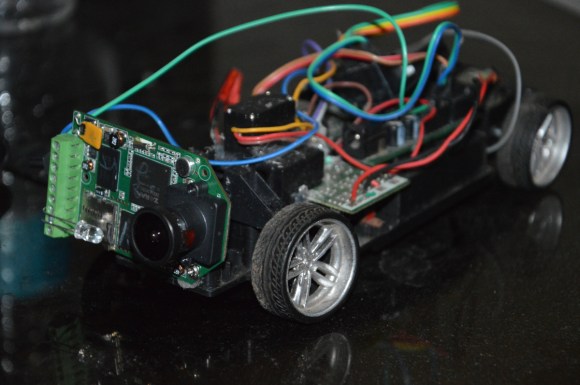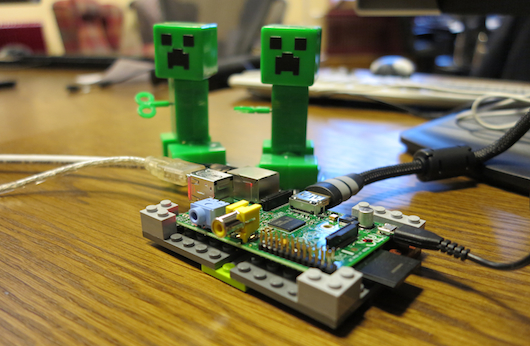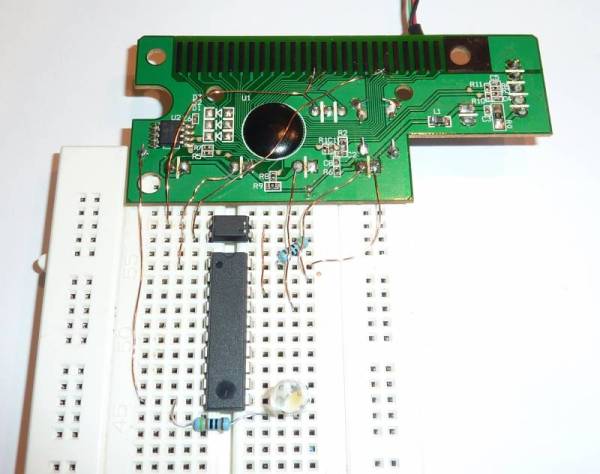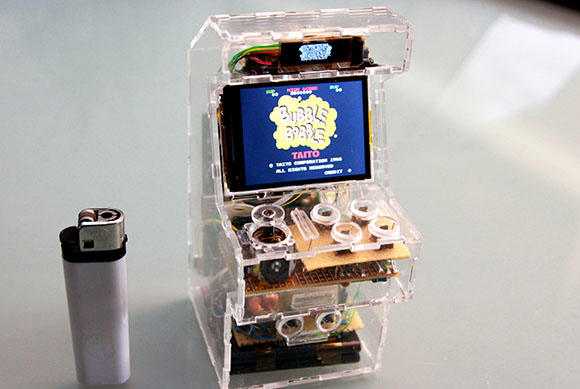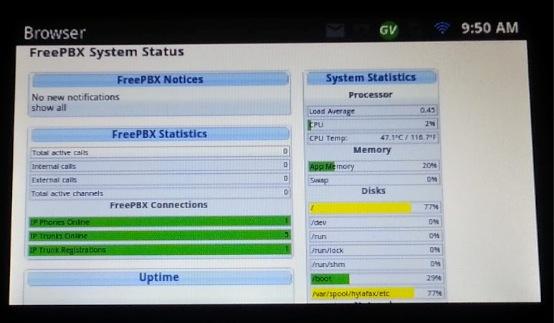
[Ward Mundy] has found something great by combining a GXP-2200 phone with Raspberry Pi to create a private branch exchange. So the idea behind a PBX setup is kind of like a company intranet. All of the phones in the system are assigned an extension number and have access to the internal system functions like voice mail, and sharing phone lines to the outside world. We’ve talked about using an RPi as a PBX before, but the high-tech phone he’s using this time around pulls everything together remarkably well.
The GXP-2200 is available for under $200. It runs Android and has a full color touch screen pictured above. It is marketed as a multimedia phone and indeed it brings Skype and Google Voice to the party. But it also offers six SIP lines. The hardware even seems to be planned for this type of use as the phone offers a second Ethernet port to which the RPi board can be connected. In this example [Ward] simply screws the RPi to the phone’s plastic stand and connects the two using a six-inch cable. From there the PBX can be configured with the phone’s browser. How’s that for slick?


